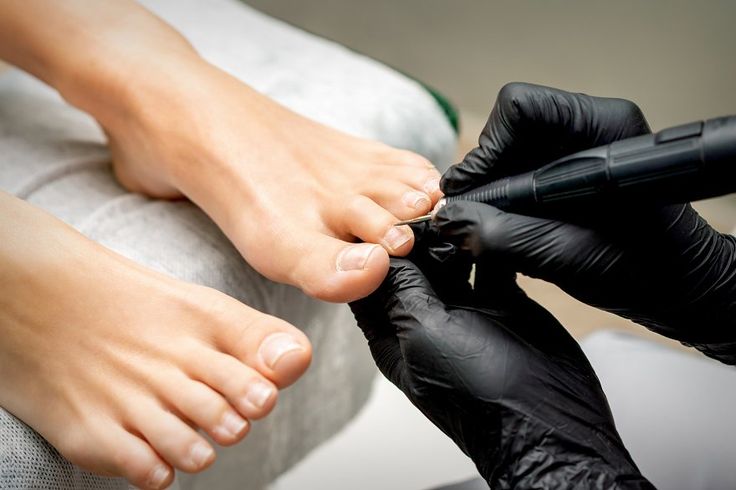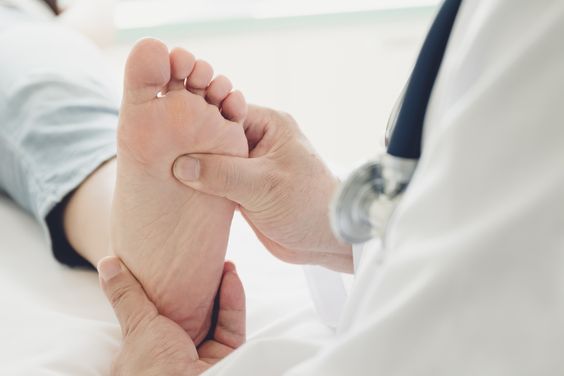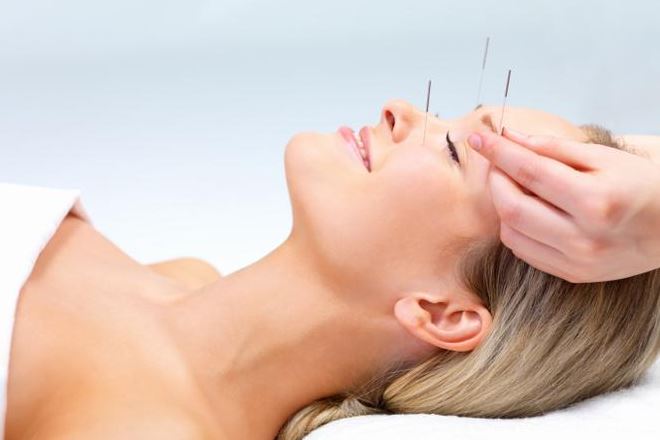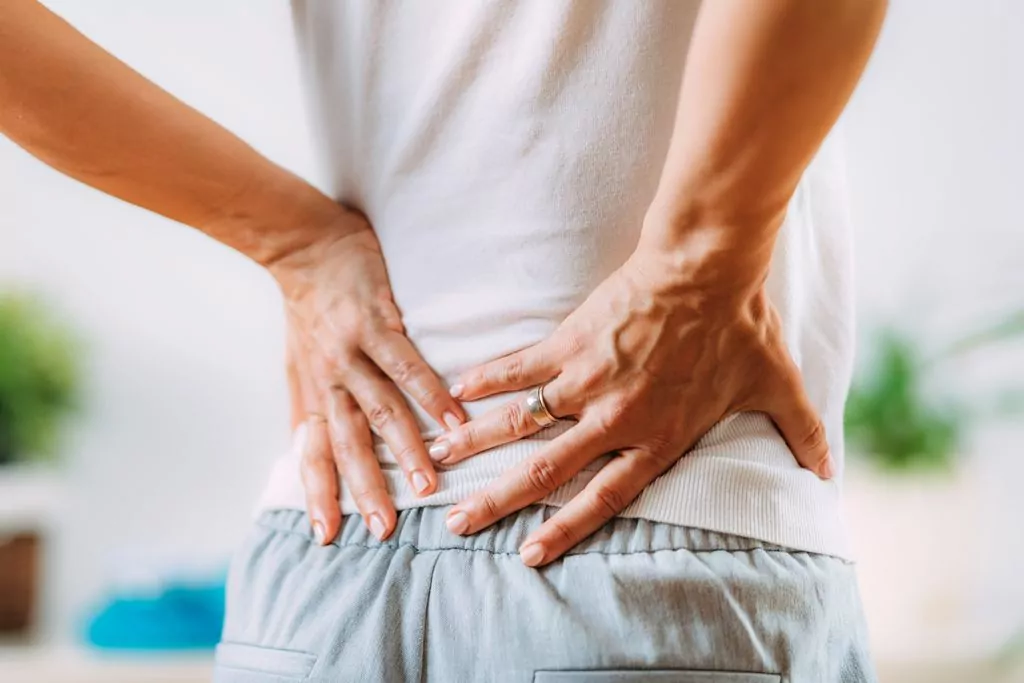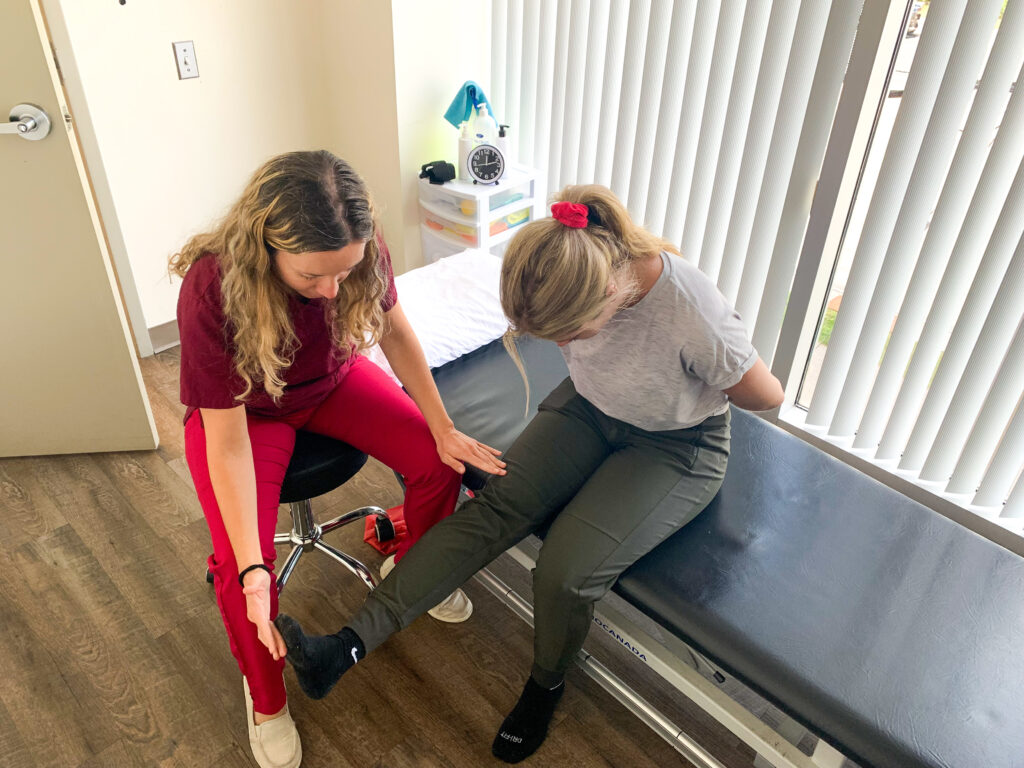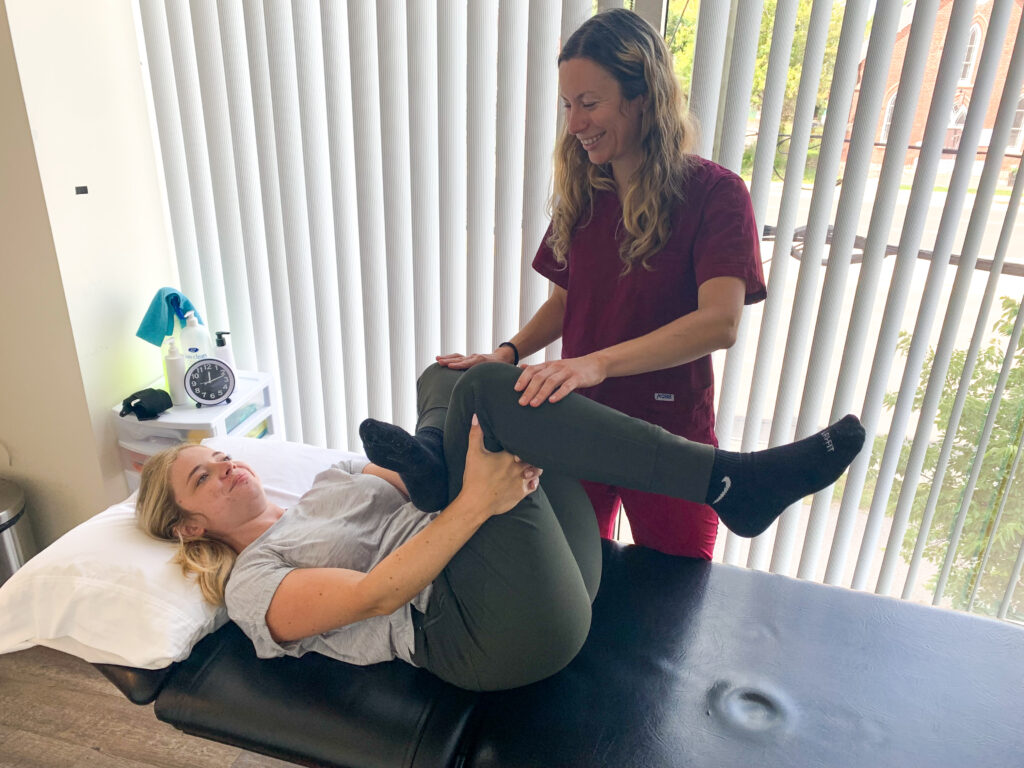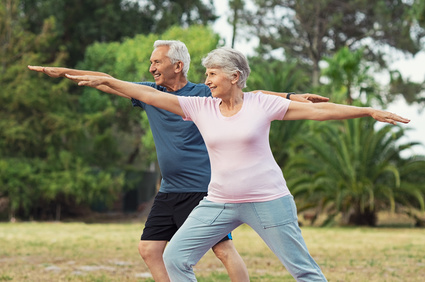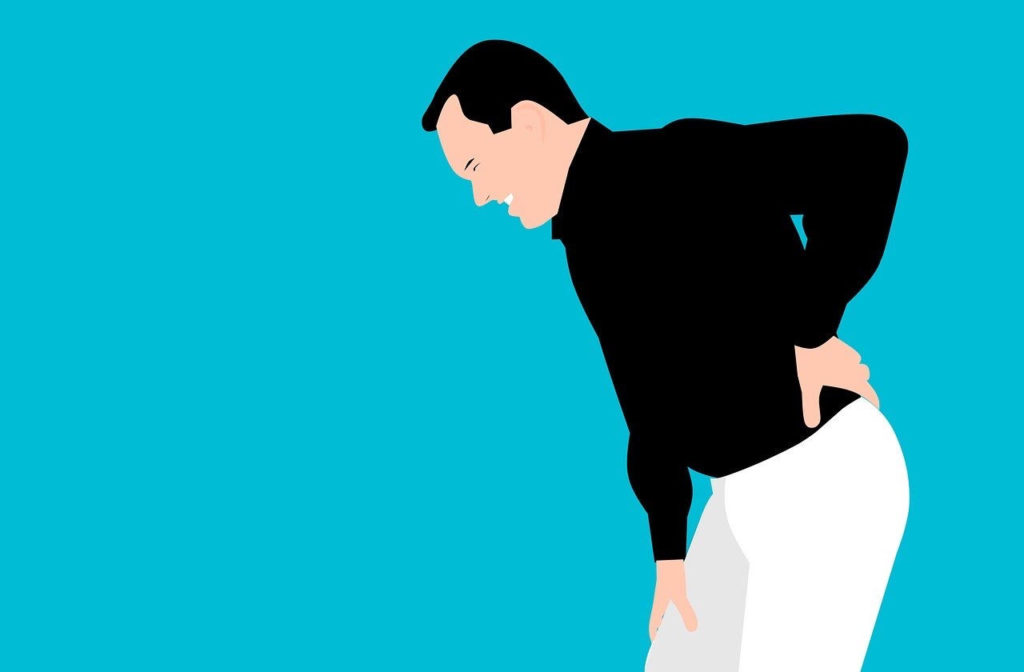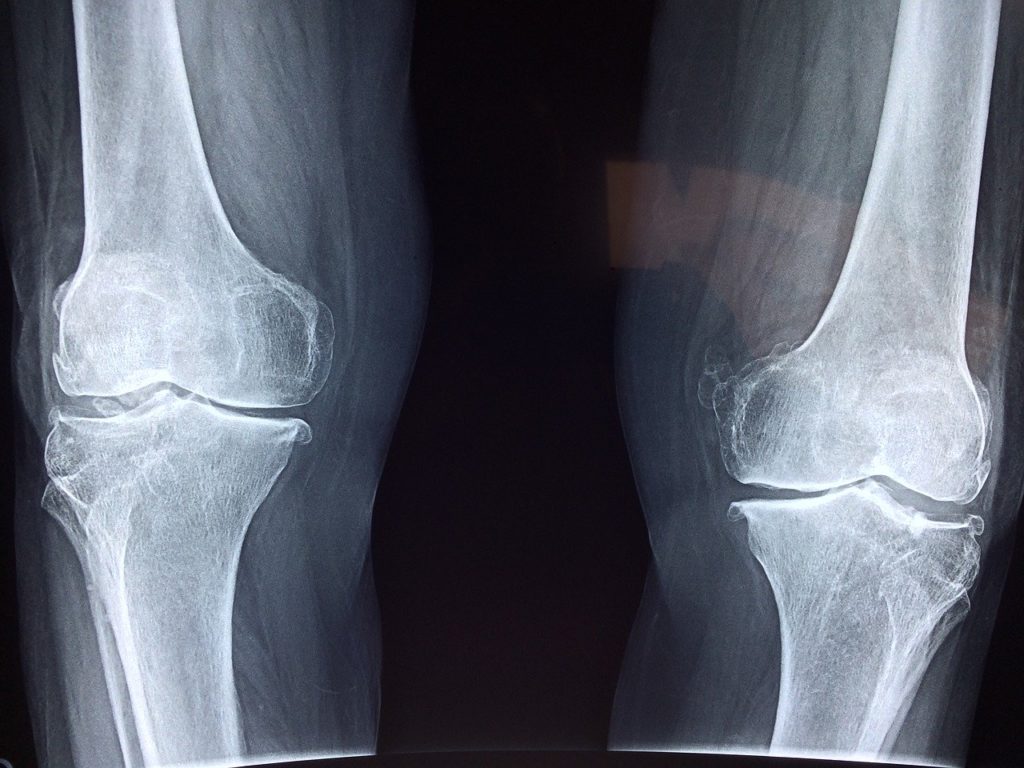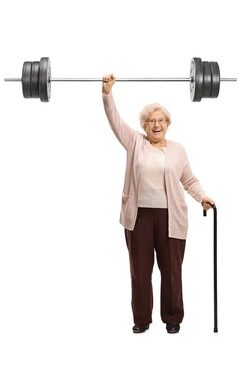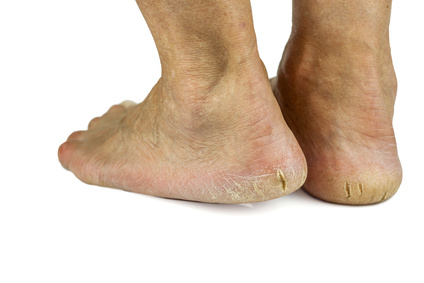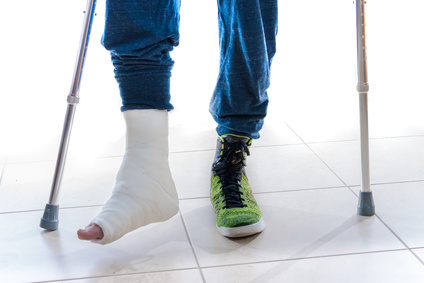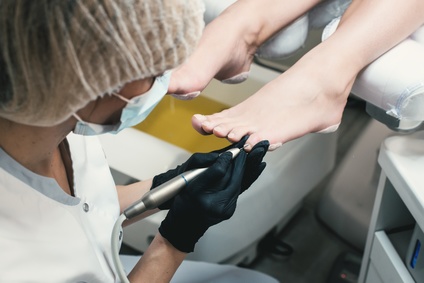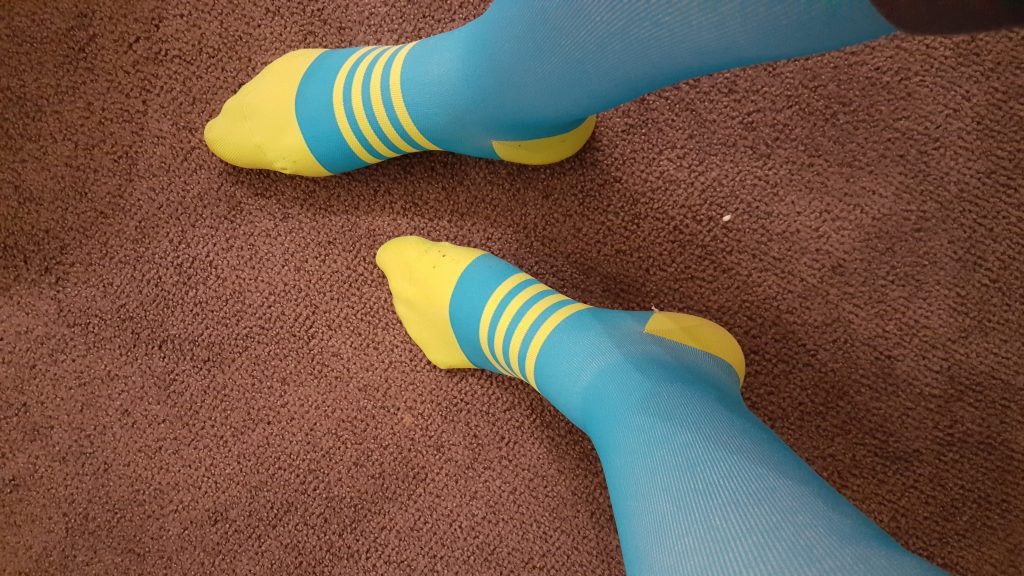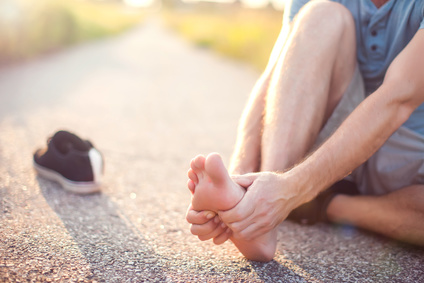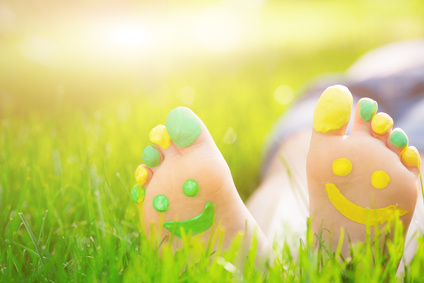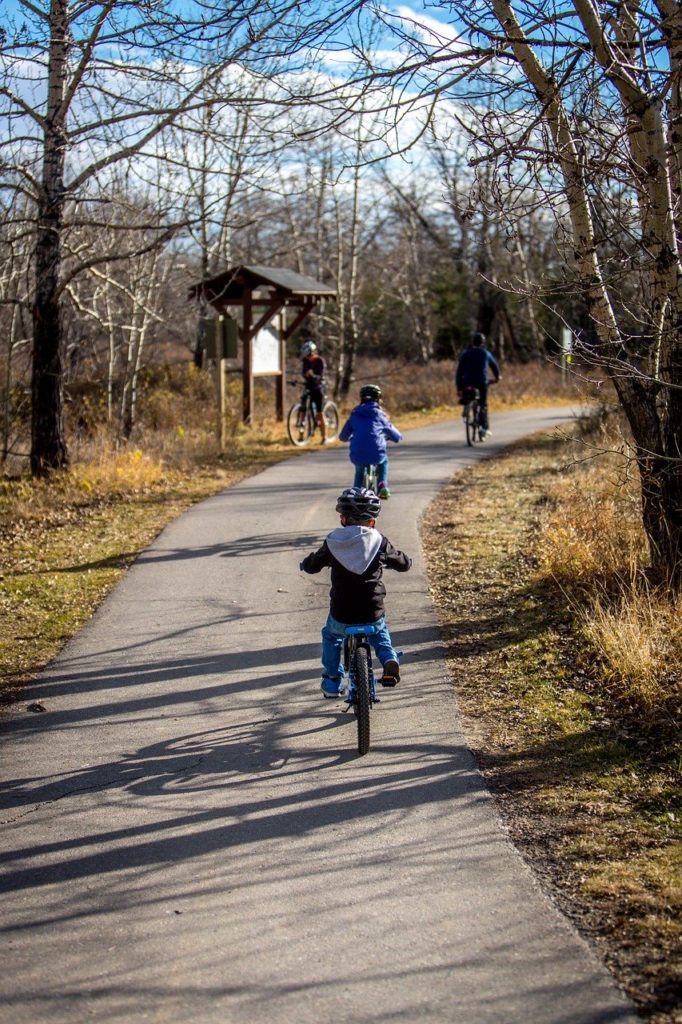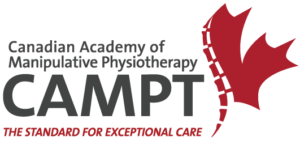Our feet, often overlooked and underestimated, play a crucial role in our daily lives. From supporting our body weight to enabling movement, our feet bear a considerable burden.
However, many of us neglect their care until they start causing discomfort or pain. This is where the expertise of chiropodists becomes invaluable.
In this blog post, we’ll delve into some common foot problems and explore how chiropody can help alleviate them, promoting overall foot health and well-being.
Understanding Common Foot Problems:
- Bunions: A bunion is a bony bump that forms on the joint at the base of the big toe, causing it to bend towards the other toes. This condition can be painful and worsen over time if left untreated.
- Ingrown Toenails: Occurring when the edge of the toenail grows into the surrounding skin, ingrown toenails can lead to pain, swelling, and even infection if not properly managed.
- Plantar Fasciitis: This is one of the most common causes of heel pain, characterized by inflammation of the plantar fascia—a thick band of tissue that runs across the bottom of the foot. Plantar fasciitis often results in stabbing pain with the first steps in the morning or after prolonged periods of rest.
- Athlete’s Foot: A fungal infection that usually begins between the toes, athlete’s foot can cause itching, burning, and peeling of the skin. It thrives in warm, damp environments such as locker rooms and swimming pool areas.
- Corn and Calluses: These are areas of thickened skin that develop in response to friction or pressure, often caused by ill-fitting shoes or repetitive movements. While they’re not usually harmful, they can be uncomfortable and unsightly.
- Flat Feet (Pes Planus): Flat feet, or fallen arches, occur when the arches of the feet collapse, causing the entire sole of the foot to come into contact with the ground. This can lead to foot pain, swelling, and an altered gait pattern.
The Role of Chiropody:
Chiropodists, also known as podiatrists, are healthcare professionals specializing in the assessment, diagnosis, and treatment of foot. They play a crucial role in promoting foot health and mobility, addressing a wide range of issues including those mentioned above.
Here’s how chiropodists can help:
- Diagnosis: Chiropodists are trained to accurately diagnose various foot conditions through physical examination, medical history review, and, if necessary, diagnostic imaging such as X-rays or ultrasound.
- Treatment: Once a diagnosis is made, chiropodists employ various treatment modalities tailored to each individual’s needs. This may include orthotic devices to correct foot alignment, custom-made footwear, physical therapy, or minor surgical procedures to alleviate pain and improve function.
- Orthotics: Orthotics are custom-made shoe inserts designed to support and realign the feet. Chiropodists often prescribe orthotics for conditions such as flat feet, plantar fasciitis, and bunions to provide cushioning, stability, and biomechanical correction.
- Preventive Care: Beyond treating existing foot problems, chiropodists also emphasize preventive care to reduce the risk of future issues. This may involve education on proper foot hygiene, footwear selection, and techniques to prevent injury during physical activity.
- Collaboration: Chiropodists often collaborate with other healthcare professionals, such as physiotherapists to ensure comprehensive care for their patients.
Our feet are remarkable structures that deserve attention and care to maintain optimal function and comfort. Chiropody offers a specialized approach to addressing common foot problems, helping individuals regain mobility, alleviate pain, and improve their overall quality of life. Whether you’re experiencing acute foot discomfort or simply seeking preventive advice, consulting a chiropodist can be a proactive step towards ensuring the health and well-being of your feet for years to come.
Contact us!
Take the first step towards recovery by contacting us today or using our online booking system to schedule your initial chiropody assessment and treatment
“Your feet are your foundation. Take care of them, and they’ll take care of you.”

